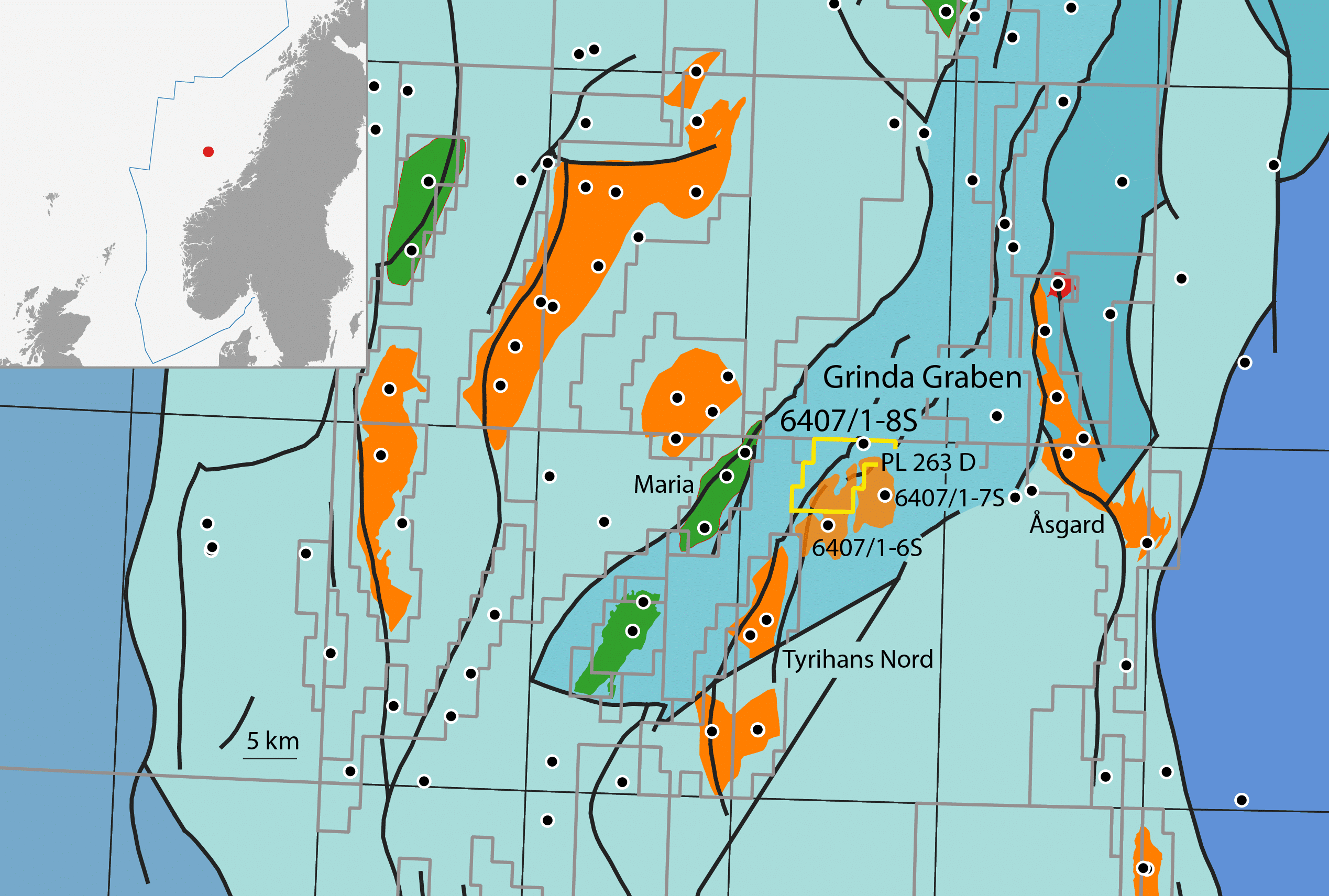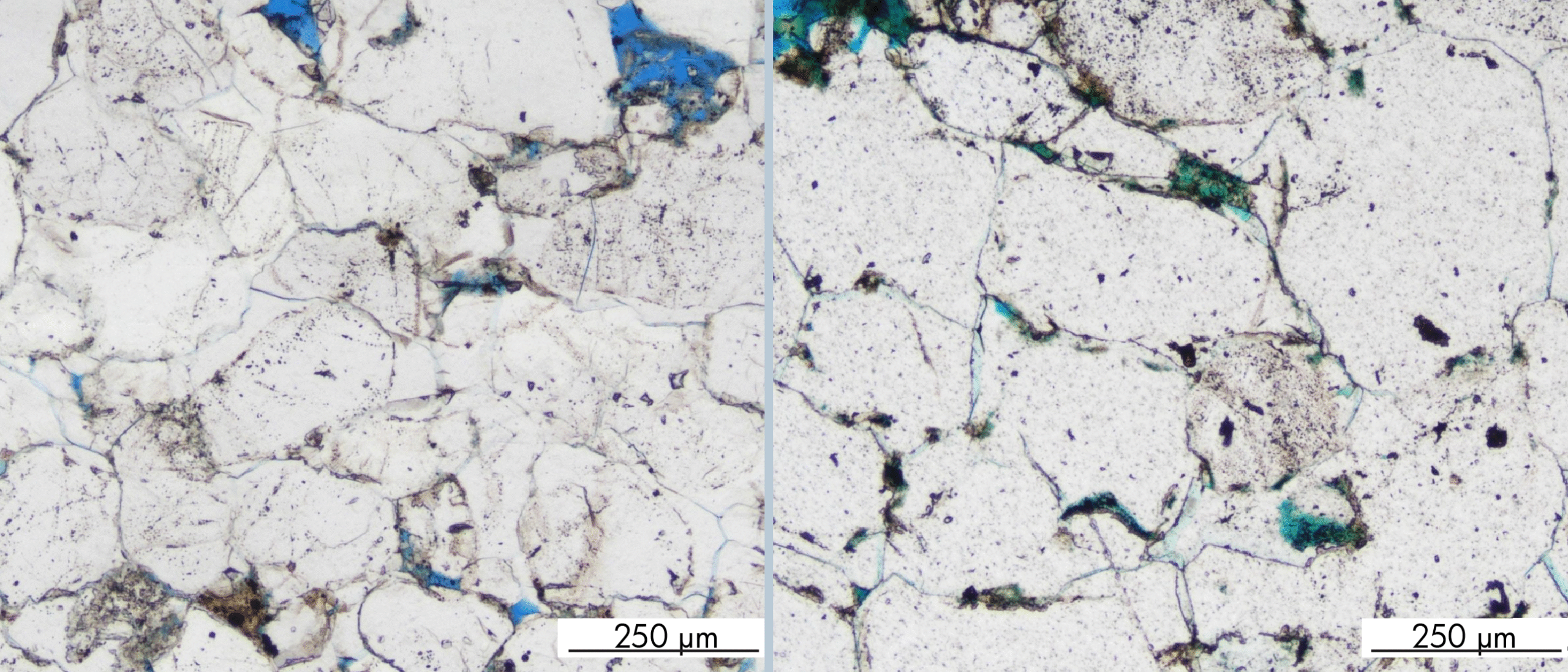Well 6407/1-8S was spudded in September with the primary target being reservoirs of the Middle Jurassic Garn and Ile Formations of the Apollonia prospect. Partners in the well are Lime Petroleum (20%) and Pandion Energy (20%).
Last week, the Norwegian Petroleum Directorate reported that the well failed to prove hydrocarbons in the primary target, although reservoir quality was moderate to excellent in the Garn Formation.
As we already reported recently, just south of the Equinor well the same Middle Jurassic succession was also tested by Wintershall a few years ago. Well 6407/1-6 was drilled in 2012/13, targeting Middle Jurassic Garn and Ile Formation sandstones of the Rodriguez prospect, but turned out dry.
Upper Cretaceous potential
Rather than the Middle Jurassic, the Upper Cretaceous Lange Formation sandstones in the area have proven to be prospective. Wintershall’s 6407/1-6 tested overpressured gas and condensate in the Lange Formation and their second well (6407/1-7, testing the Solberg prospect) also found gas and condensate in a 12 m sandstone of equivalent age.
We can now add a third Upper Cretaceous discovery to this, as 6407/1-8S encountered a 9-metre gas column in the Lange Formation. Three thin sandstones were proven within the gas column, totalling 4 metres with poor to moderate reservoir properties.
Preliminary estimates place the size of the discovery between 3 and 10 MMboe recoverable. Together with the 6407/1-6S (6-38 MMboe recoverable) and 6407/1-7S (6-25 MMboe recoverable) discoveries, this may add gravity to further explore the Upper Cretaceous play in the area, as the press release is alluding to by saying that “the licensees will assess the discovery along with other discoveries/prospects in the vicinity as regards further follow-up”.
HENK KOMBRINK





